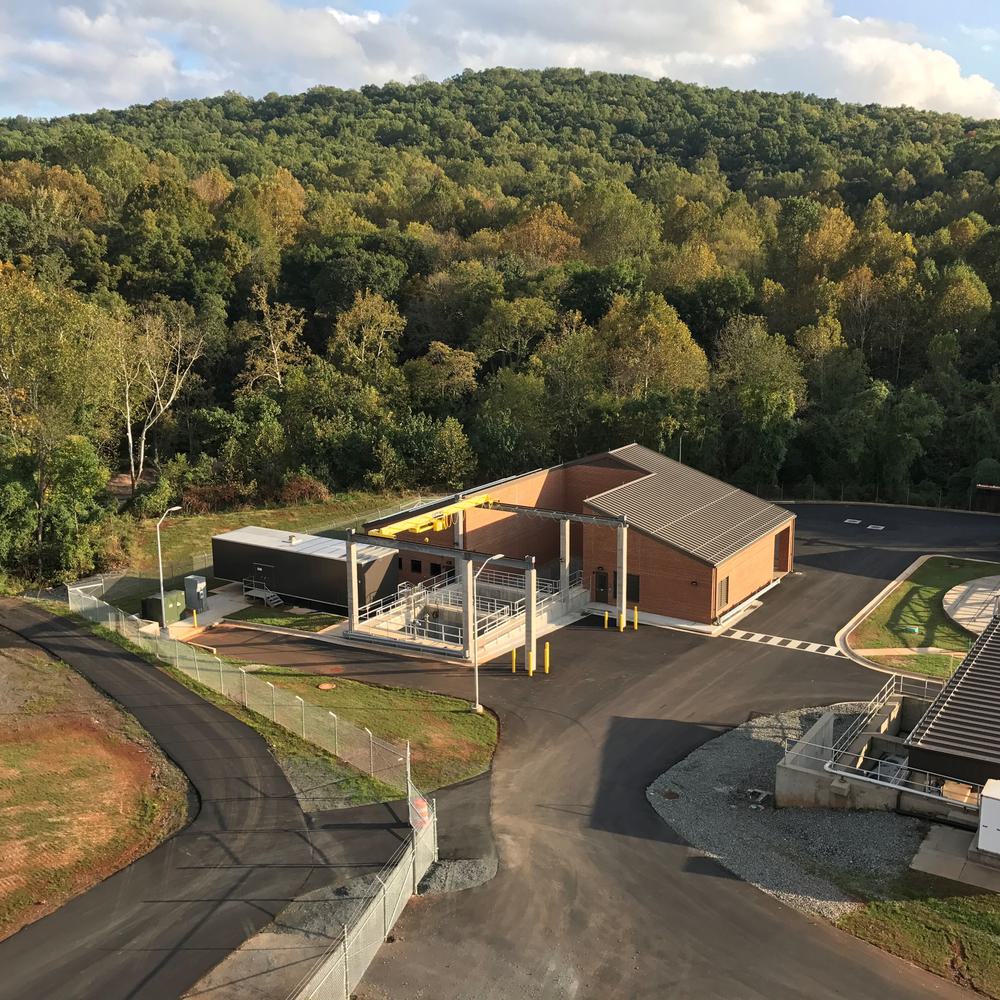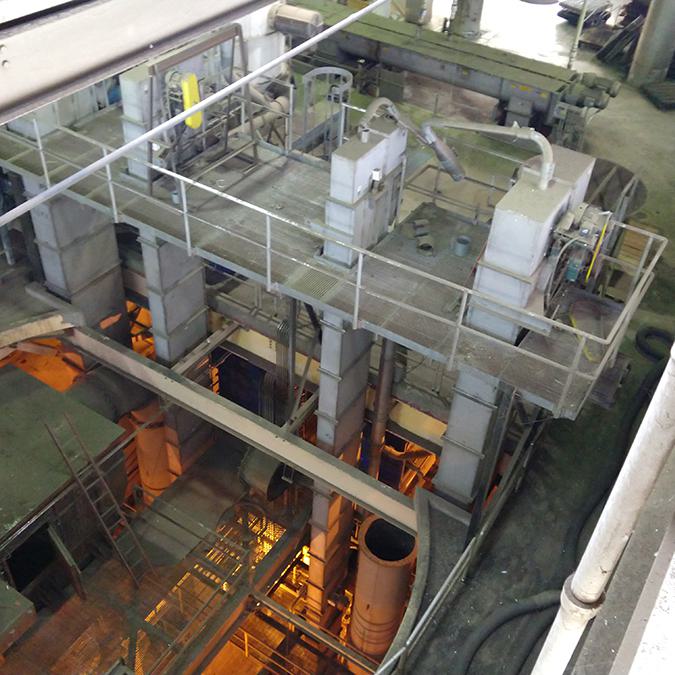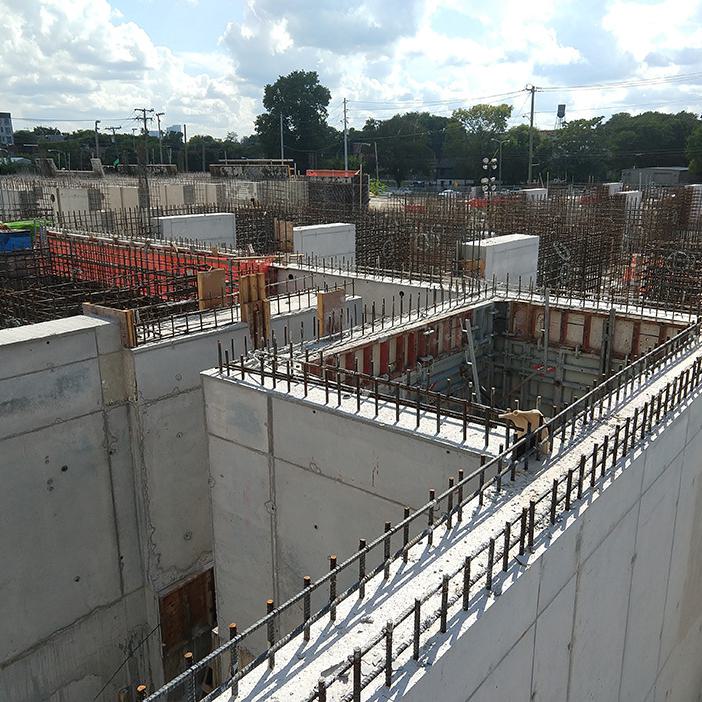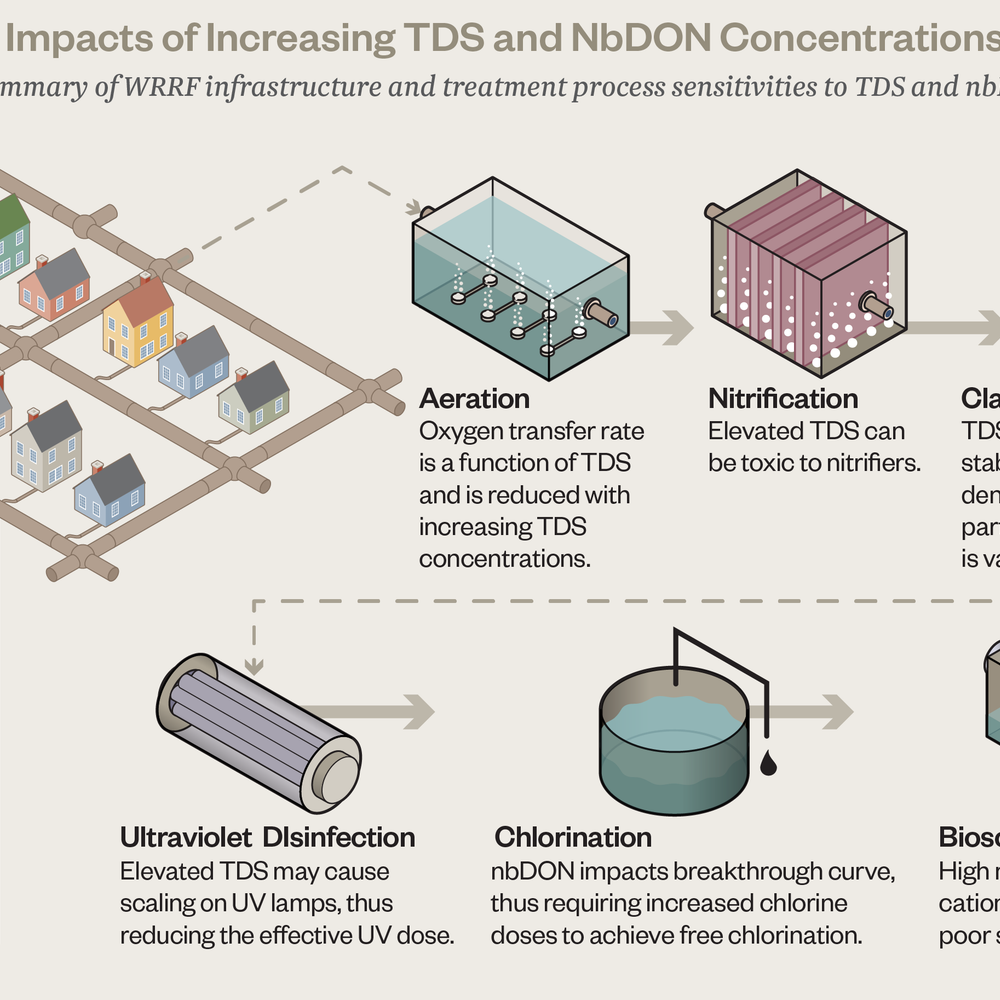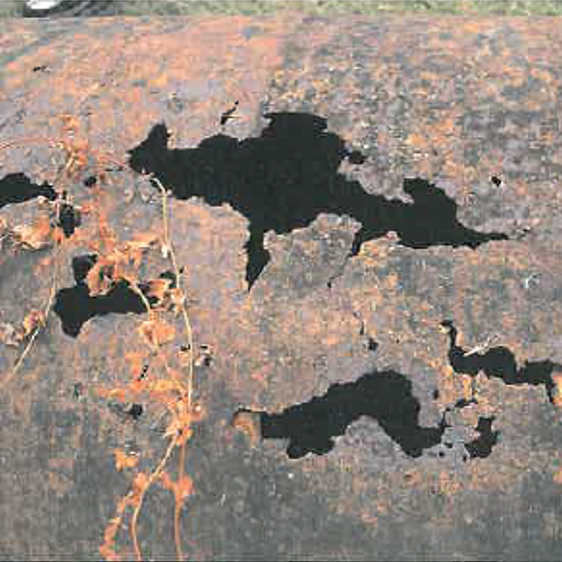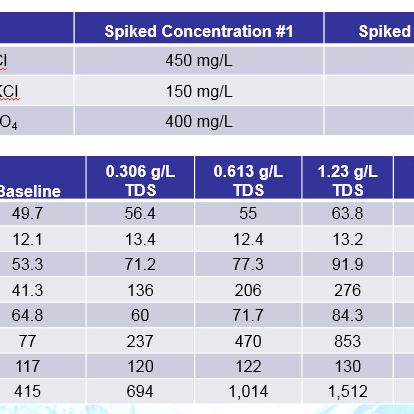Farbest Foods Wastewater Treatment Plant Improvements
Farbest Foods contracted Hazen and Sawyer to evaluate the existing treatment plant, determine the necessary improvements, design the improvements, and provide construction phase services. Design and construction schedules were very aggressive, with design of the $5 million improvements completed in approximately 4
months and construction completed in approximately 10 months.
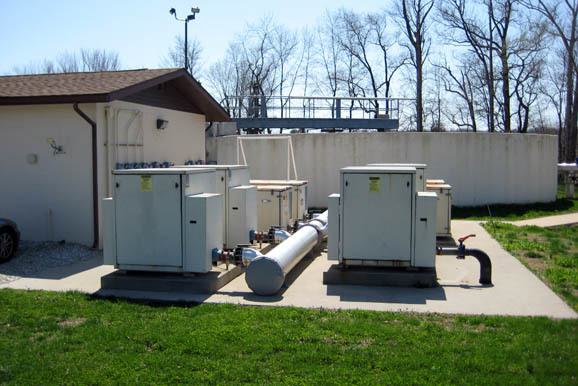
Farbest Foods, Inc. (Farbest) processes approximately 36,000 turkeys per day at its Huntingburg, IN facility and provides high quality fresh and frozen turkey meats and parts for further processing. The process wastewater from the production facility is treated prior to direct discharge to a creek by a 0.65 MGD treatment plant owned and operated by Farbest.
The process wastewater is treated first treated anaerobically through two lagoons before discharging to the aerobic portion of the wastewater treatment plant. The incoming flow is high in solids, and very high in Total Kjeldahl Nitrogen (TKN – over 300 mg/L at times). The existing facility consisted of a complete mix aeration system, settling, tertiary filtration, UV disinfection, and effluent aeration. A lime feed system provided additional alkalinity based on the significant demand imposed by the nitrification process to meet the low effluent discharge ammonia limits.
In December 2008, a comprehensive performance evaluation (CPE) of the existing treatment processes was initiated. The performance evaluation included extensive BioWinTM modeling to define the scope and size of improvements. Additional unit processes were installed based on the findings of the performance evaluation: installation of a dissolved air flotation (DAF) system to control influent suspended solids concentrations to aeration; installation of a biological selector and anoxic reactors to increase the amount of viable biomass and help stabilize the biological process by providing for denitrification; installation of a flow splitter flocculation process and an additional secondary settling tank.
For more information, please contact Dan Miklos.
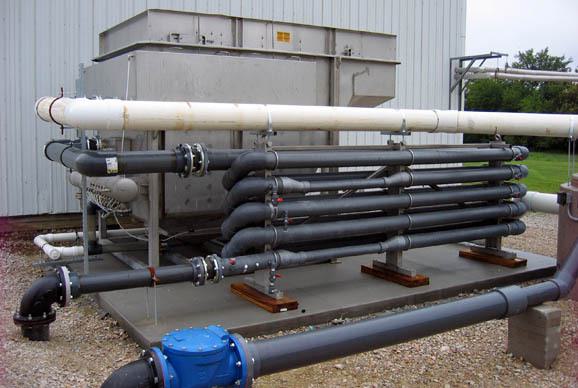
The new DAF system controls the influent suspended solids to aeration. The DAF was pilot tested, and then a permanent system was installed by Farbest as part of the improvements improvements.
The new denitrification reactor (anoxic cells upstream of the aeration process) have significantly reduced effluent nitrates and the selector process has improved sludge settleability. The oxygen demand in the downstream aerobic reactors has been significantly reduced (approximately 50%) by utilizing the anoxic reactors taking advantage of the high nitrate recycle. Denitrification has also helped to recover some of the alkalinity lost during nitrification (reducing lime usage and stabilizing pH).
A new flocculation / flow splitting structure has improved settling, as will a new, larger settling tank (with flow energy dissipating weir arrangement inlet structure). New nitrified recycle (NRCY) pumps were installed to return flow to the denitrification reactor, and new return activated sludge (RAS) pumps were installed for the new settling tank.
New aerated waste activated sludge (WAS) holding cells were also constructed for equalization of flow to future solids dewatering processes, and for storage of biomass for quicker recovery from upsets and to provide for additional anoxic reactors if necessary.
A new lime feed system was constructed to provide for continuous lime feed, matching to the alkalinity demands of the process as opposed to the manual batch process of the existing system.
A new Supervisory Control and Data Acquisition (SCADA) system was also included for full monitoring and integrated control of all plant operations.
Project Outcomes and Benefits
- New denitrification process for stabilizing biological treatment, improving settling, and reducing lime usage.
- New flocculation / flow splitting structure to improve settling.
- New DAF / Chemical Building to house the new DAF system, new lime system and other miscellaneous chemical storage totes, and the new electrical equipment.
- New SCADA system for full monitoring and control of the new and existing treatment facilities.
- Additional reliability built into the design of the new facilities, and with the addition of another settling tank and more RAS pumping capacity, as well as additional biomass storage (aerated WAS storage).



